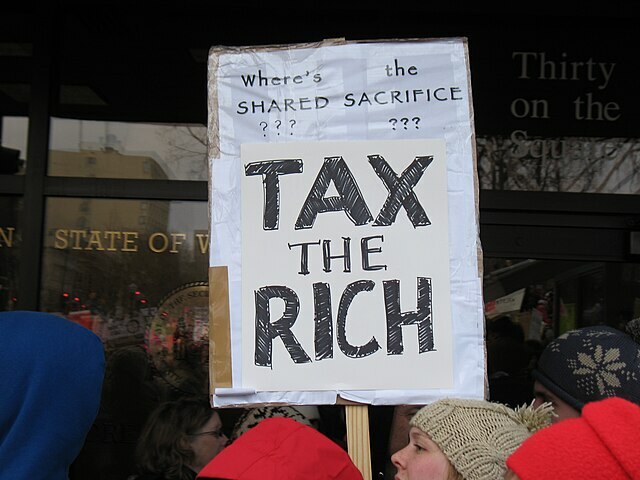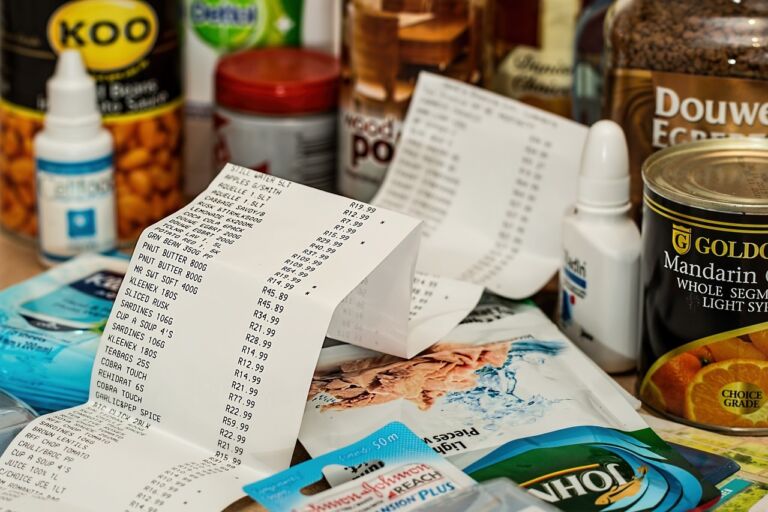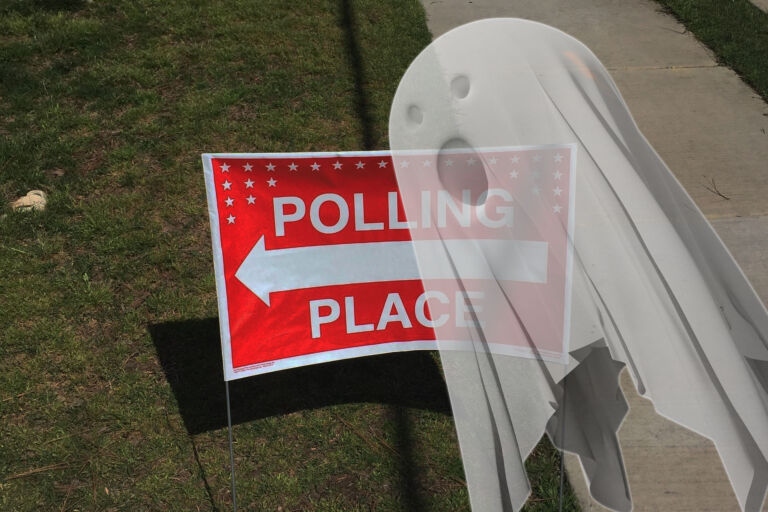Our Julie Tisdale sets the stage for the May election ballot in North Carolina, which will include, in some counties, an up or down vote on hiking the local sales tax.
In 2007, the North Carolina General Assembly passed legislation allowing counties to impose an additional quarter-cent sales tax to raise revenue within their jurisdictions. These taxes must be approved by voters in a referendum and can be used however the counties choose.
Since then, 31 counties have introduced the tax. Another 37 have held referenda in which the voters have rejected the tax. And, in May, at least 12 counties will put the issue to voters. All 12 have previously tried and failed to win voter approval for an increased sales tax – half of them as recently as 2016.
What does the research show about the economic effects? Here’s one:
A 2010 BYU study drew some striking conclusions. Based on their initial literature review, they state,
Virtually every study concludes that differences in both state and local sales tax rates result in some proportional reduction in sales in the taxing jurisdiction with the higher sales tax rate and a proportional increase in sales in the taxing jurisdiction with a lower sales tax rate.
In other words, when there’s a difference in tax rates, the area with the lower rate sees a bump in sales, while the area with the higher rate sees a drop. That seems intuitive enough. They also found that proximity plays a role. That also makes sense. After all, if I can drive two miles down the road and pay less tax, then I will. If I am required to drive 50 miles to realize tax savings, the costs (in terms of time, fuel, etc.) likely exceed the benefits.
Stay tuned for more analysis by Julie on what could be coming to your May ballot.


